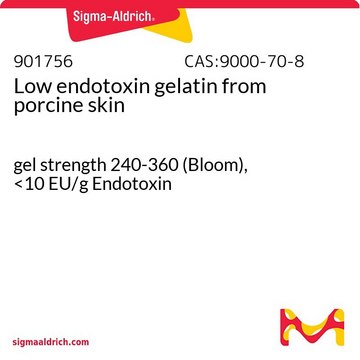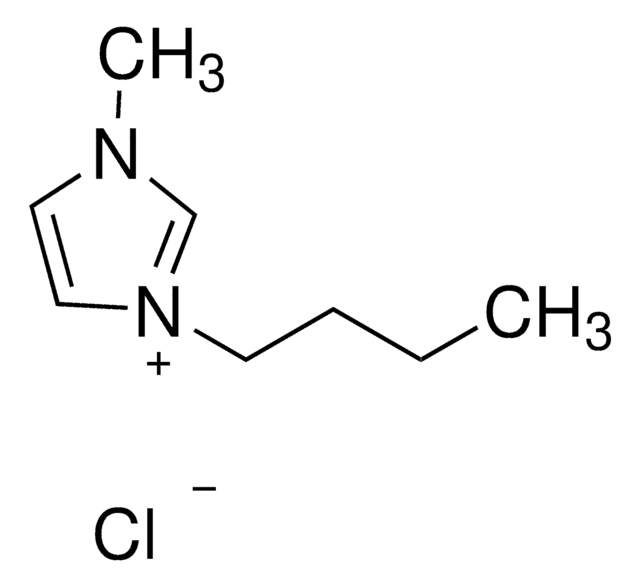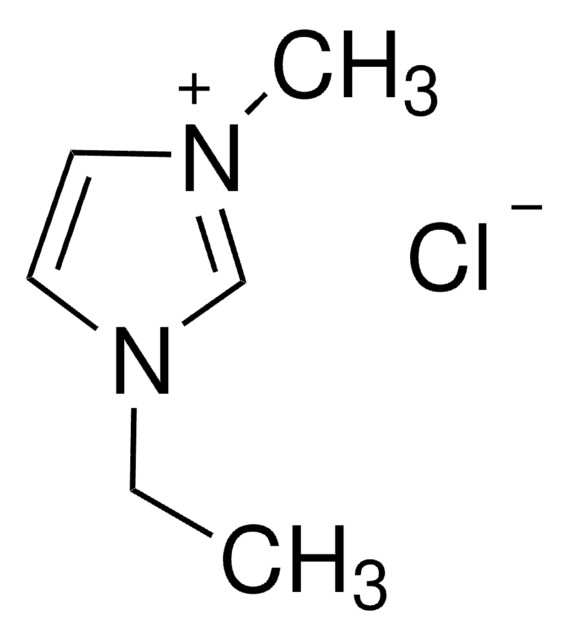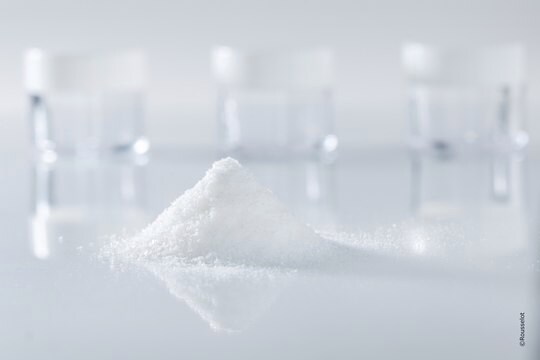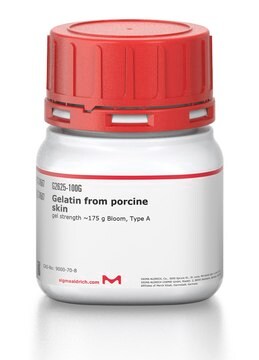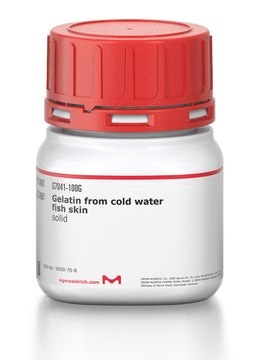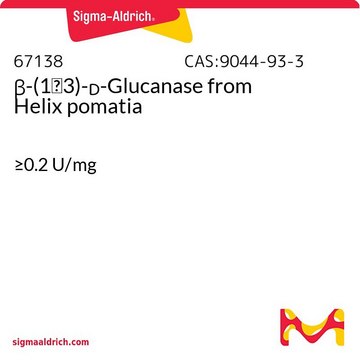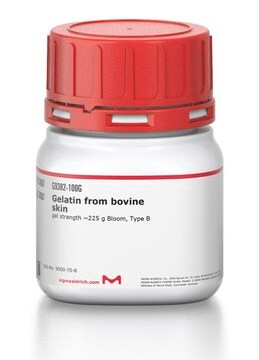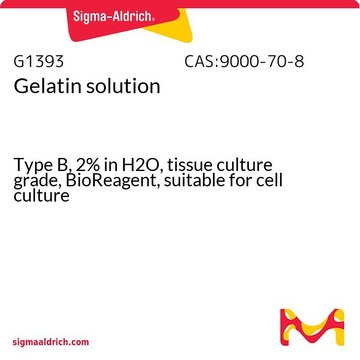추천 제품
양식
powder
불순물
<10 EU/g Endotoxin
<10 EU/g
<300 g Total viable aerobic count
손실
<15% loss on drying
색상
white to pale yellow
pH
5.0-6.5
점도
1.8-2.8 mPa.s
겔 강도
80-120 (bloom)
음이온 미량물
sulfite (SO32-): <1.5 mg/ 20 g
양이온 미량물
As: <1 ppm
Hg: <0.1 ppm
heavy metals: <20 ppm
저장 온도
2-8°C
유사한 제품을 찾으십니까? 방문 제품 비교 안내
애플리케이션
법적 정보
Storage Class Code
11 - Combustible Solids
WGK
nwg
Flash Point (°F)
Not applicable
Flash Point (°C)
Not applicable
가장 최신 버전 중 하나를 선택하세요:
이미 열람한 고객
문서
Professor Shrike Zhang (Harvard Medical School, USA) discusses advances in 3D-bioprinted tissue models for in vitro drug testing, reviews bioink selections, and provides application examples of 3D bioprinting in tissue model biofabrication.
Professor Shrike Zhang (Harvard Medical School, USA) discusses advances in 3D-bioprinted tissue models for in vitro drug testing, reviews bioink selections, and provides application examples of 3D bioprinting in tissue model biofabrication.
관련 콘텐츠
Tissue engineering fabricates tissues cultures from scaffolds, living cells, and biologically active molecules by simulating the microenvironment of the body to repair or replace damaged tissue.
자사의 과학자팀은 생명 과학, 재료 과학, 화학 합성, 크로마토그래피, 분석 및 기타 많은 영역을 포함한 모든 과학 분야에 경험이 있습니다..
고객지원팀으로 연락바랍니다.